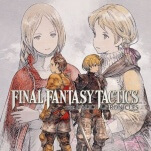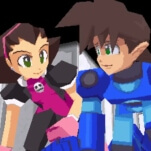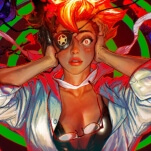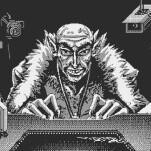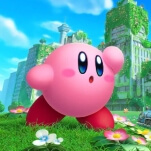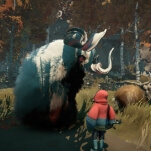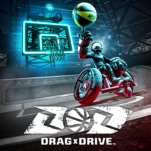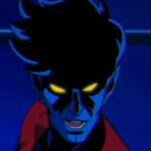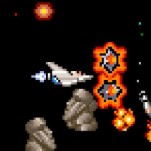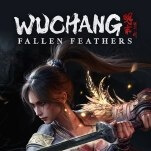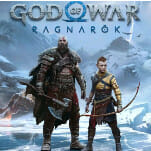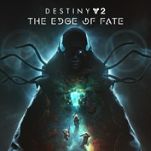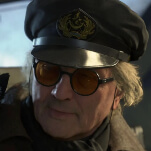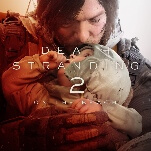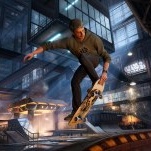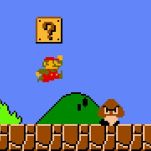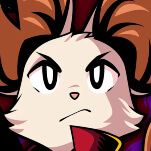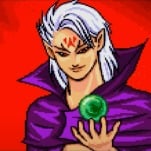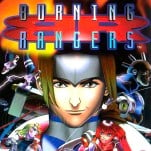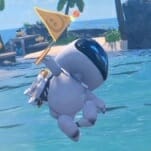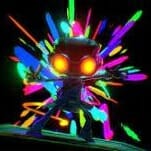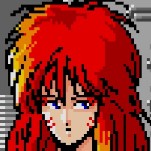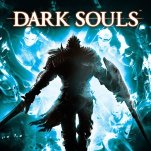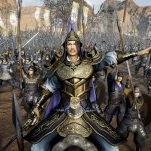5 Lessons Overwatch Can Still Learn From Team Fortress 2
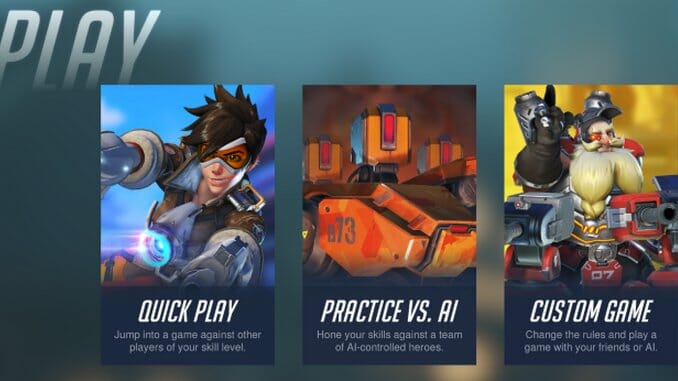
There’s a sad reality of growing up as a videogame enthusiast—you tend to drift away from playing the newest AAA games at the time of their release. I know that’s certainly been the case for me—where 10 years ago I would have been out getting games on the days of their release, today I’m more likely to wile away the hours playing classic indie games and waiting for newer titles to go on sale. But Overwatch has been a pleasant exception.
For the first time in quite a while, I’ve actually fallen in love with a brand new game in Overwatch, and it’s even more notable in the fact that I rarely play modern first-person shooters. Not since Team Fortress 2 have I gotten so interested in a shooter, and it’s hardly a mystery to see why: The two games share a huge amount of the same DNA. Anyone who’s played TF2 in the least bit can sit down with Overwatch and immediately see that it’s this game’s single biggest influence. Combined with elements swiped from the popularity of traditional MOBA (multiplayer online battle arena) games and their FPS spin-offs, Overwatch can’t be claimed as a particularly innovative concept, but it does feature great balance and fun, deceptively deep combat.
And yet, there are still elements I loved about the Team Fortress 2 experience in particular that are notably missing from the experience one gets with Overwatch. This new class-based shooter is deliriously fun in its combat, but also feels inherently shallow at times. It can occasionally be frustrating, because some of these issues feel like they would be easily correctable … if only Blizzard would look back on some of the aspects that make TF2 so great. There’s a whole lot of reasons that tons of people are still playing TF2 today, and if Overwatch can implement some of these features in the future, they can make an already good game even better. So here are five TF2 lessons that Overwatch can still implement.
1. More varied game modes
This is the single biggest change that Overwatch could use to diversify the play experience. Currently, there are only three modes for Overwatch games—Escort, Assault and Control. I’d argue the best mode is the one that comes directly from TF2 in Escort—they literally use the term “payload,” which is apparently not copyrighted. Assault and Control, on the other hand, have a tendency to suffer from a lack of variation and games that often wrap up very, very quickly. Both modes (and Overwatch in general) are almost entirely focused on bringing groups of heroes together into very specific, tightly contested points that need to be captured. That’s all well and good, except for the fact that a single capture, or two of them, are the objective around which the entire round hinges.
In TF2, on the other hand, a standard Control Point game is a much more fluid tug of war. There are more control points, and those that get captured by one side can be recaptured by another to swing the tide back in the opposite direction. Games don’t simply involve one side attacking and one side defending—both sides are attacking and defending simultaneously, which makes for great strategic choices and an incentive for players to think about the big picture. It also makes for games that are potentially longer and more epic in scope—such as a near defeat that rallies into a sustained drive that captures all of the enemies’ control points. It’s an experience you more or less can’t have in Overwatch, as each game comes down to “can we capture before time runs out” or “can we keep defending until time runs out.” Either way, you’re at the mercy of the clock.
And yes, I understand that as in MOBA games, the point of Overwatch is really supposed to be teamwork and team battles. Going commando is usually a pretty bad idea in Overwatch, but it’s not as if the team concept was much different in TF2. Just look at the healer character of Mercy, with a formula more or less copied directly from TF2’s Medic. One is meant to play alongside your team in TF2 as well (granted, often a larger team), but the difference is that there are simply more things for a team to do and focus on at once.
The game modes of Overwatch aren’t broken, but what I’d really like to see is simply more of them; including ones in the style of TF2 that might open up new strategic possibilities. Just take Capture the Flag as an example—how fun would it be to streak into a base as Tracer and attempt to swipe the briefcase? What new uses would we be pioneering for each character, and how different would team composition look in this setting? And there are more—just look at all of game modes that have come to TF2 over the years. Obviously, Overwatch is just getting on its feet, but there’s obvious room for growth here. I hope new modes arrive sooner rather than later, before the current ones start to feel stale to players.

2. Bigger maps, more pathways
This point builds off #1, and is especially made possible by different game modes that would allow control points to be captured in variable order (i.e., points A or B can either be captured in any order before C). But in short—the maps of Overwatch, while having some nice details and bits of personality, don’t really allow for much in the way of branching pathways. There are naturally multiple routes to objectives, but most are predominantly cosmetic or diversions that simply take you in a different direction for a few seconds before rejoining the main track. It’s kind of surprising, given the vast degree of differences in mobility between the heroes, that they can’t exploit that mobility with a little bit more freedom.
-

-

-

-

-

-

-

-

-

-

-

-

-

-

-

-

-

-

-

-

-

-

-

-

-

-

-

-

-

-

-

-

-

-

-

-

-

-

-

-






